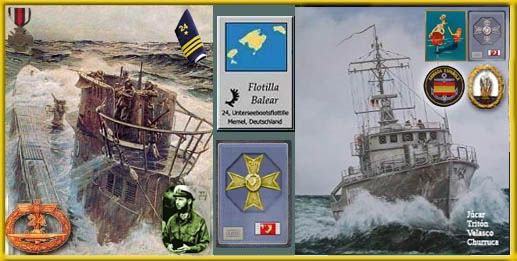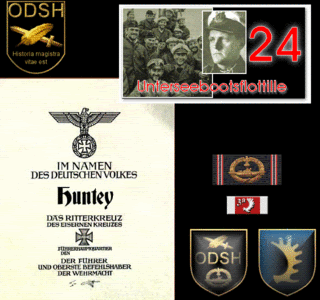Dear Uboataces subscriber,
As a defense against the submarine threat, all navies of the world
including Germany and Britain employed traps or decoys. These were
seemingly defenseless merchants, often small and inconspicuous, but
beneath the misleading guise, are equipped with concealed guns and
in some instances, torpedoes and depth charges.
The idea behind the decoy was to lure enemy submarines into thinking
that the hapless merchant was an easy kill, and thus the submarine
would surface and try to capture it or sink it with gunfire. As the
submarine approached, the so called "Panikcrew" put on a bluff as
they desperately abandon ship in order to lull the submarine into a
false sense of security. Another team stood by, hidden low beneath
the concealed guns, and as soon as the submarine was in point blank
range, the curtains are lifted and the crew opened fire.
This tactic was used extensively during the First World War and
these armed vessels were known as "Q ships". Britain deployed about
200 of these and were successful in sinking over a dozen U-Boats.
Due to the nature of the deception, battles were sometimes not fought
in a chivalrous manner and survivors were reportedly firing at each
other while in the water. Of course, the tide of battle could turn
both ways, and sometimes the Q ships themselves were sunk in the act.
About 20 British Q ships were sunk during the First World War.
During the Second Battle of the Atlantic, these guises were again
used by both the Allies and the Germans, but their significance was
El contenido es seguramente de todos o casi todos conocido. Lo expongo tal como lo he recibido. Es interesante e ideal para practicar un poco el ingles.
Kummetz
limited.











